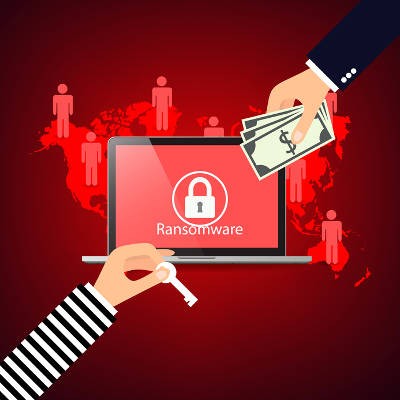Telesys Voice and Data Blog
What the Future Holds for Ransomware
Ransomware is a growing problem for businesses, being one of the most difficult threats to remove from an infrastructure. Not only is it easy to spread, but difficult to avoid as a whole. How can your organization prepare for this threat? It starts by being mindful of how ransomware is spread and how your employees react to it, both now and in the future.
Ransomware locks down files on your business’ infrastructure. Through ransomware, it’s easy to cripple a business by limiting access to important information or files located on an infrastructure. If the user fails to pay the ransom, they risk losing their data for good. Even if they do pay the ransom, there’s no guarantee that the hacker will give up the encryption key. The user is presented with a conundrum; pay up for a potential to get your data back or ignore the request and hope for the best.
Ransomware was primarily spread through the use of spam when it was first introduced to the online environment. Hackers would create ransomware campaigns to spread it to as many users as possible, hoping that any number of them would choose to pay up rather than lose access to their precious files. As time went on, however, ransomware became used in a more targeted fashion. Rather than claim as many targets as possible, hackers instead chose to go after only those who were most likely to pay up with spear phishing tactics designed to fool even the most stalwart and mindful user. In many cases, these targeted attempts were made against businesses, whom value data more than the average end user might.
These spear phishing attempts are incredibly difficult to identify for the untrained eye, and the amount of damage they could inflict on your company is untold. Your employees need to be able to identify potential ransomware threats. Even the cautious approach might not be enough, however, as the future of ransomware could potentially hold even more dangerous threats. Already, hackers are taking advantage of threats that can be purchased on the online black market, including ransomware threats, vulnerabilities, and even lists of targets. How can a small business protect themselves from such a prominent threat?
It all starts by remaining as mindful of security best practices as often as possible. By this, we mean trusting no suspicious message in your inbox without first double-checking any information found in it. If you receive an unsolicited message with an attachment claiming to be a resume, bank statement, shipping information, or anything else that seems out of place, think twice before downloading them. The same can be said for any links that cannot be verified as secured.
Is your business prepared to handle the next generation of ransomware? While we don’t know what the future holds, we know that you can confidently face it with security services from Telesys Voice and Data. To learn more, reach out to us at (800) 588-4430.
About the author
Telesys Voice and Data has been serving the Dallas/Fort Worth area since 1994, providing IT Support such as technical helpdesk support, computer support, and consulting to small and medium-sized businesses.
Mobile? Grab this Article!
Tag Cloud


Comments